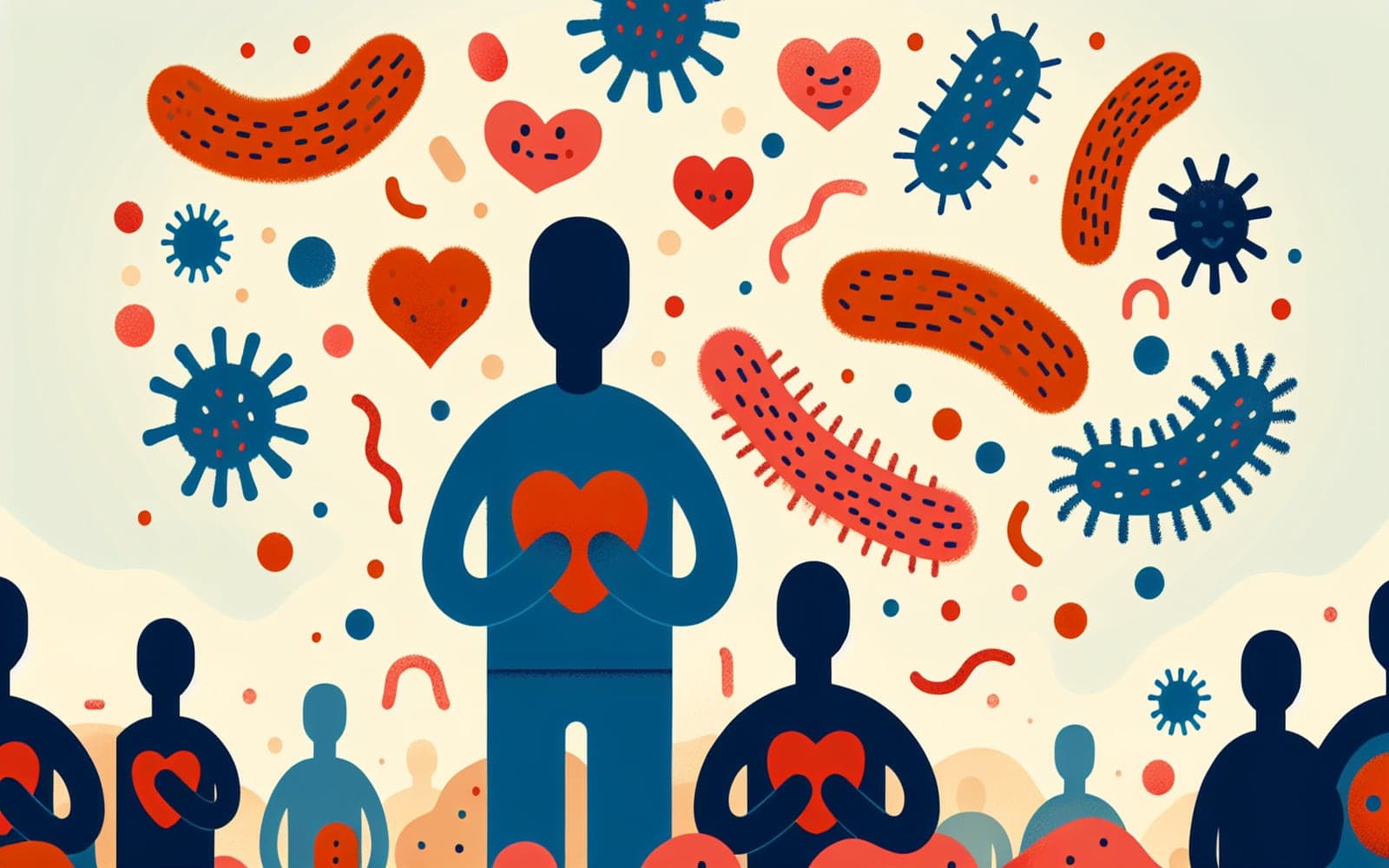C. difficile: The Gut Invader You Need to Know About
Published: Apr 23, 2024
C. difficile is a dangerous bacterial infection that can take over your gut when antibiotics wipe out your good bacteria. It's becoming more common and can be life-threatening if not treated properly.
Contents
How C. difficile Hijacks Your Gut
C. difficile bacteria are opportunistic invaders that thrive when antibiotics disrupt your normal gut flora. They produce toxins that damage the intestinal lining, causing inflammation and diarrhea. The spores can persist in the environment, making C. difficile easily spread in healthcare settings.
Spotting the Signs of Infection
The hallmark symptom of C. difficile infection is watery diarrhea, often with mucus or blood, occurring at least 3 times per day. Other signs include fever, abdominal pain, and loss of appetite. In severe cases, it can lead to dehydration, kidney problems, and even a life-threatening condition called toxic megacolon.

Diagnosing the Invader
Doctors diagnose C. difficile by testing a stool sample for the bacteria or its toxins. They may also perform blood tests to check for signs of inflammation or dehydration. In some cases, imaging tests like CT scans are used to look for complications like toxic megacolon.
Fighting Back Against C. difficile
Treatment usually involves stopping the antibiotic that triggered the infection, if possible. Specific antibiotics that target C. difficile, like vancomycin or fidaxomicin, are then prescribed. In severe cases, surgery may be needed. For recurrent infections, fecal microbiota transplantation (FMT) can be an effective option to restore healthy gut bacteria.
Frequently Asked Questions
Elderly, hospitalized, and immunocompromised individuals on antibiotics.
Yes, recurrence occurs in about 20% of cases.
Very - spores can survive on surfaces for months.
Not yet, but researchers are working on it.
Evidence is mixed, but they may help in some cases.
The Bottom Line
C. difficile is a serious infection, but with proper diagnosis and treatment, most people recover fully.
References
- McDonald LC, et al. Clinical Practice Guidelines for Clostridium difficile Infection in Adults and Children: 2017 Update by the IDSA and SHEA. Clin Infect Dis. 2018;66(7):e1-e48.
- Centers for Disease Control and Prevention. Clostridioides difficile Infection. https://www.cdc.gov/cdiff/index.html
- Bagdasarian N, et al. Diagnosis and treatment of Clostridium difficile in adults: a systematic review. JAMA. 2015;313(4):398-408.
This article has been reviewed for accuracy by one of the licensed medical doctors working for Doctronic. Always discuss health information with your healthcare provider.
AI Doctor Visit Required
Appointments available 24/7
15-min consultation. No hidden costs.
AI Doctor Visit Required
For safety reasons we have been forced to end this consultation.
If you believe this is a medical emergency please call 911 or your local emergency services immediately.
If you are experiencing emotional distress, please call the the Suicide & Crisis Lifeline at 988 or your local crisis services immediately.
Contact us
You can also email us at help@doctronic.ai
We aim to reply within 5-7 days
How likely are you to recommend Doctronic to friends or family?


